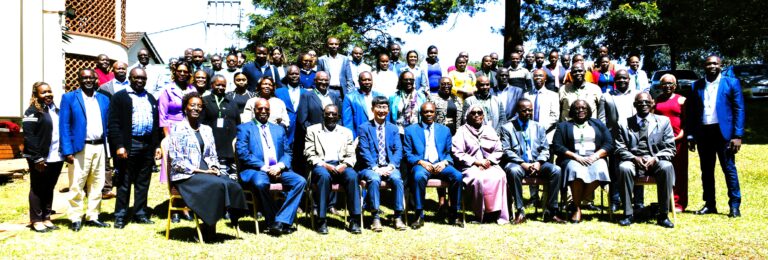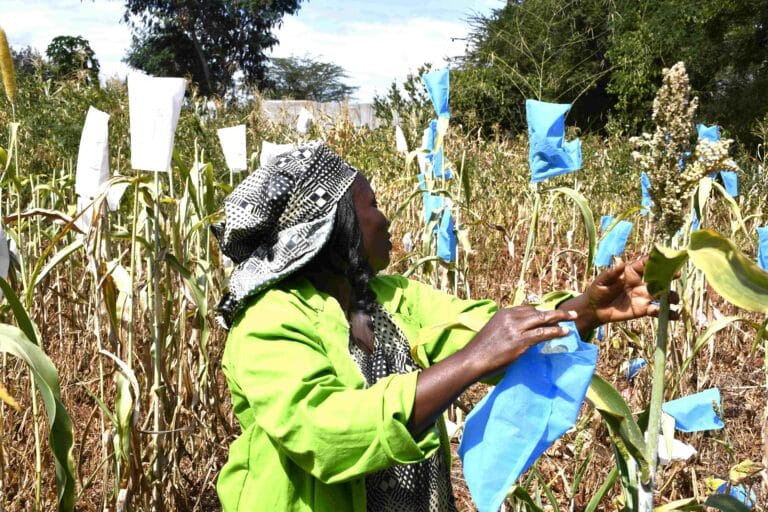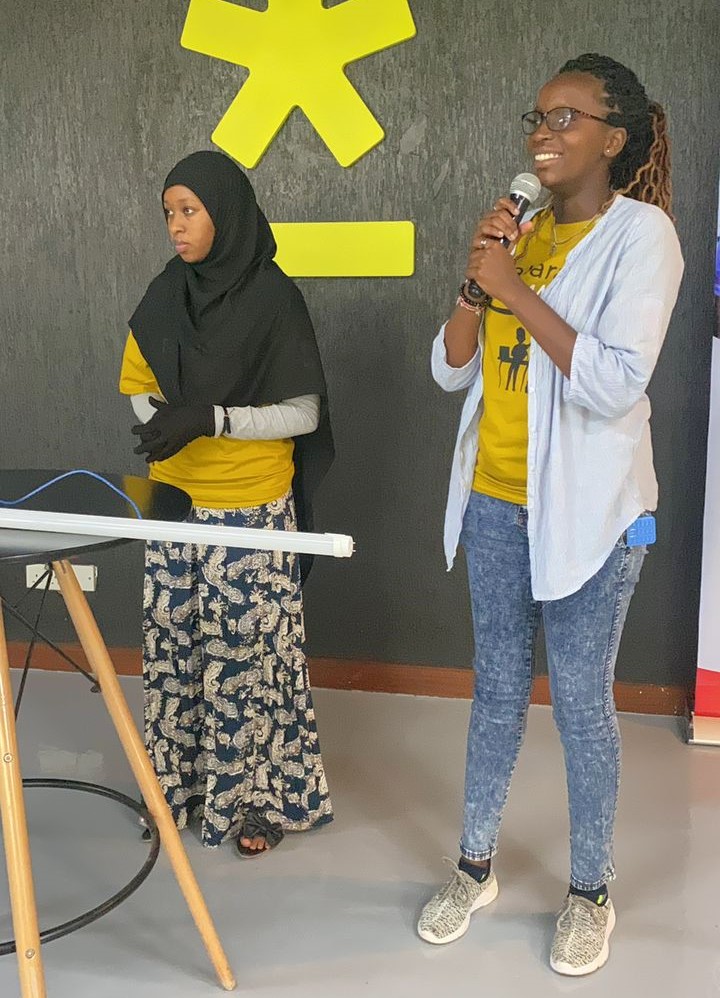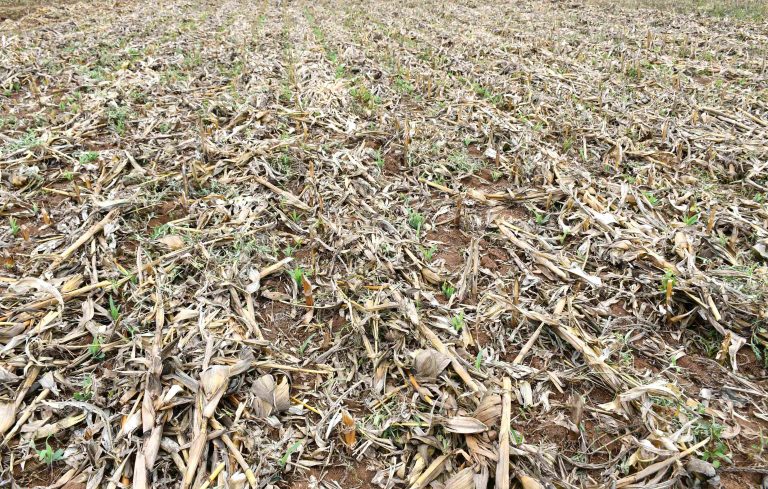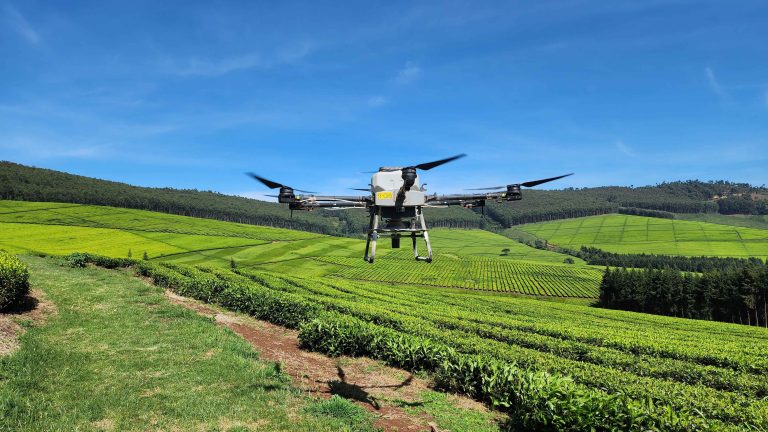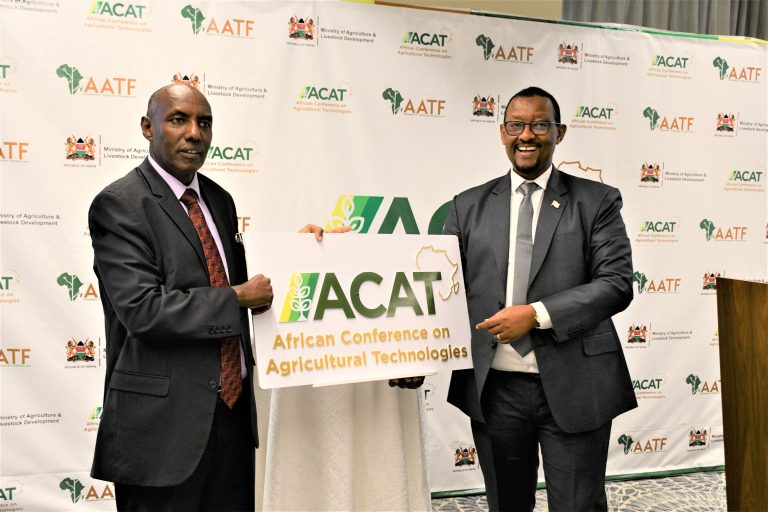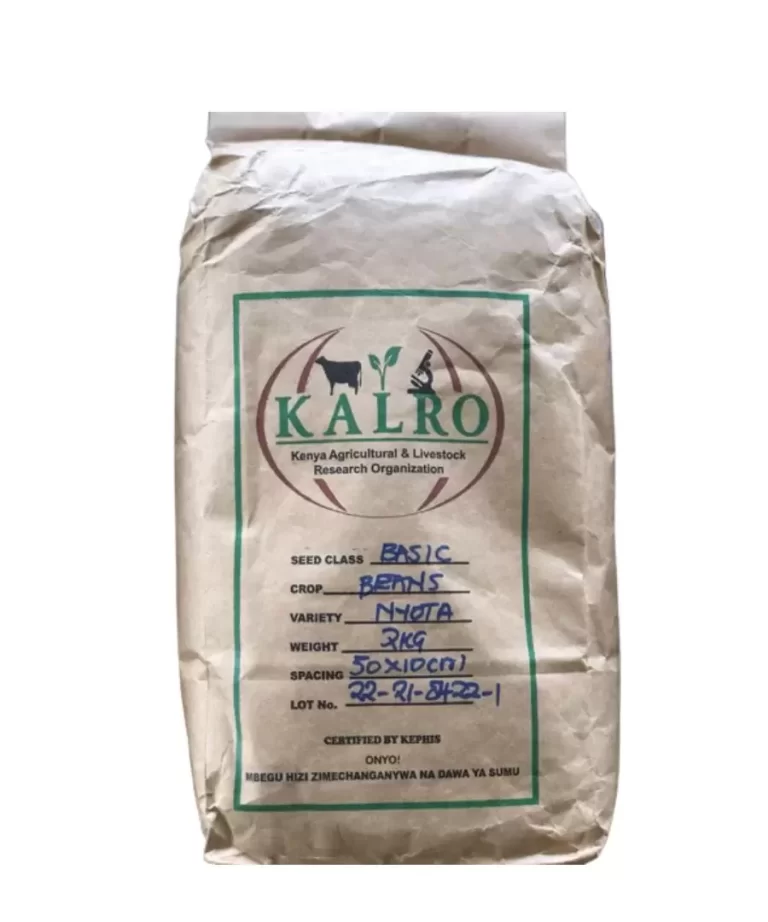By Kimuri Mwangi
The Kenya Agricultural and Livestock Research Organization (KALRO) is offering new crop varieties to seed companies for commercialization among them several rice varieties.
During the organization’s second Strategic Plan release at KALRO Headquarters, Agriculture Principal Secretary Dr. Paul Ronoh lauded KALRO for its efforts saying when it comes to research, it stands strong not only in Kenya but in Africa being the best Research Centre with the best scientists and human resource expertise.
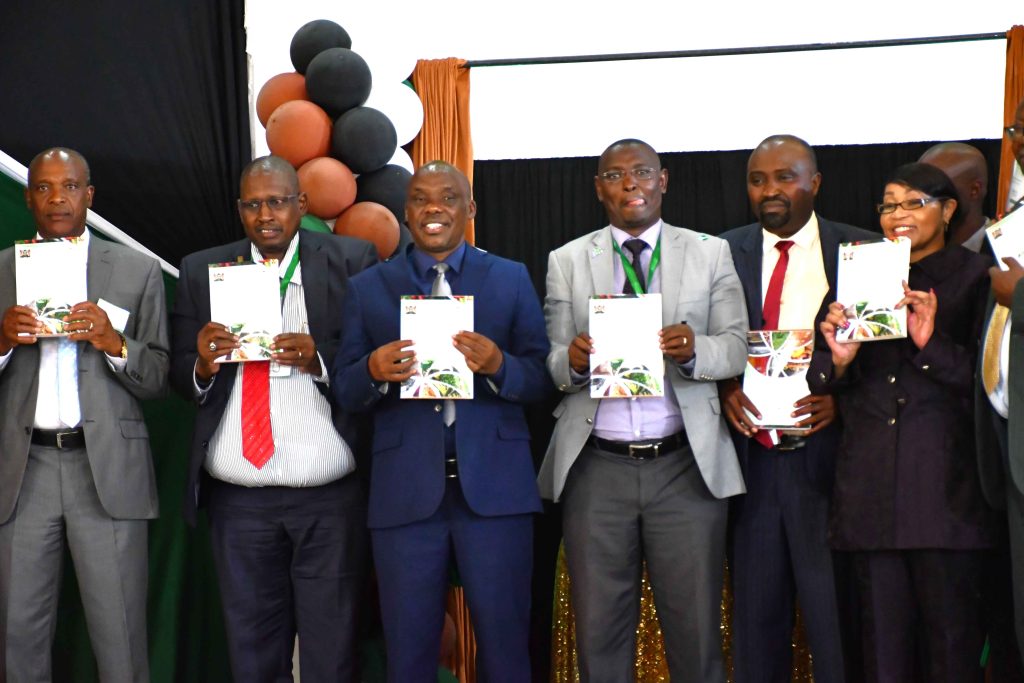
“As we move ahead as a ministry, we are looking for the right varieties of seeds and the right food production systems. We are engaging KALRO to put their best foot forward to ensure that they not only produce quality seeds in all our value chains but also a variety of them. These should have the right production, resilient to climate change and can also mitigate the effects of pests and diseases,” opined Dr. Ronoh. The PS also observed that rice has grown in stature as a staple food in Kenya coming next to maize. He attributed part of this growth to the current youthful generation who prefer rice to maize.
The KALRO Director General Eliud Kireger said they also have several technologies that have not been commercialized and urged the private sector to take these to the farmers.
“We had invited various stakeholders, especially the Seed Traders Association of Kenya so that they can be able to see and pick what we have. Among them are several rice varieties ready for commercialization. Our mandate as KALRO is to develop the varieties and then the private sector picks from there, multiplies and then sells to farmers,” said Kireger. He added that from the technologies and the new crop varieties, they are looking at increased productivity, resilience to climate change and resilience to pests and diseases.

KALRO Board Chairman Peter Weru underscored the position of the youth as KALRO has developed digital technologies that reckon with the young generation. He encouraged the youth to take the lead as ambassadors in promoting and adopting the agricultural technologies adding that with the abundance of online services, it has become more accessible to access and implement these innovative agricultural solutions.
The Second KALRO strategic plan focuses on bolstering crop and livestock productivity and quality, advancing sustainable practices and technology in agriculture, and utilizing biotechnology for comprehensive agricultural development. It also aims at advancing knowledge dissemination and practical training centers, as well as fostering county-level innovation networks for crop and livestock development.
Producing and encouraging the application of socio-economic data, conducting market research and policy development, offering statistical expertise to aid in the advancement and implementation of technology and releasing new varieties are part of the plan as well as enhancing human resources, financial management, seed production, infrastructure, legal and Intellectual Property services, supply chain, ICT, internal audit, corporate communications, security, partnerships, and activating funding for agricultural research towards increased efficiency, effectiveness and productivity.
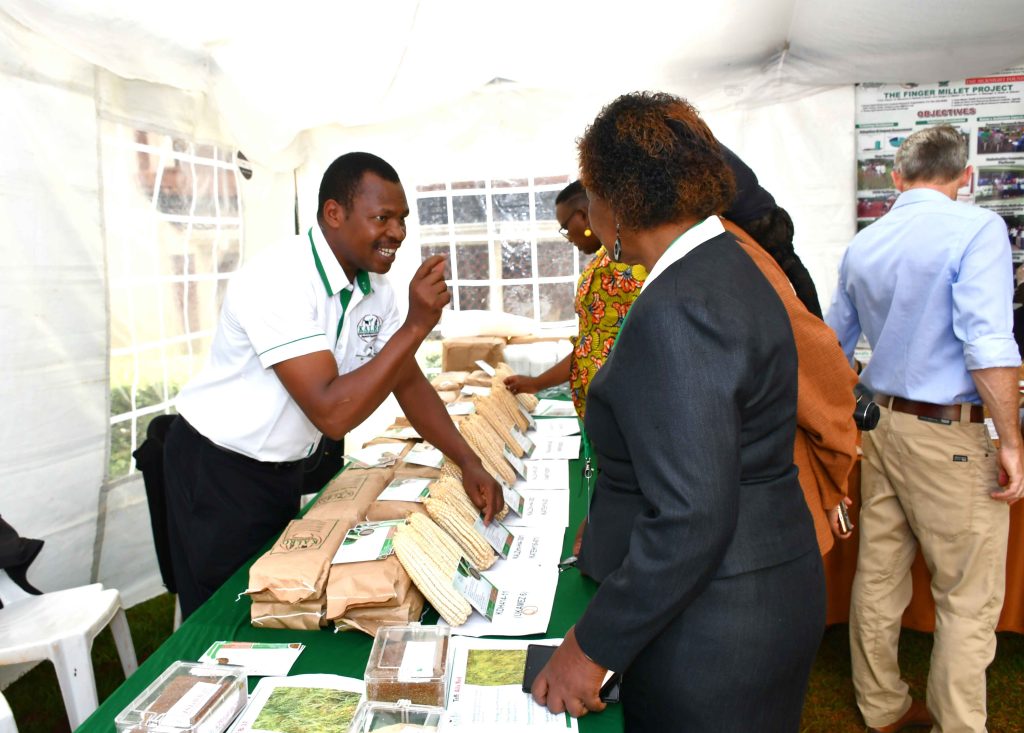
It also involves defining research priorities for crops and livestock in Kenya and creating a funding framework for agricultural research.
The plan will require Kshs 55 billion for implementation with funding sources expected to be allocations from the National Government grants, contributions from development partners, private sector partnerships through collaborative projects and internally generated revenue.
Among the achievements listed by the organization in the crop systems include:
- Developed and released 109 crop varieties
- Commercialized 47 crop varieties
- Distributed 69 million clean planting materials
- Produced 9,470 metric tons of basic and certified seeds
- Developed 250 crop protection technologies
- Empowered farmers with climate-smart technologies for enhanced productivity and climate resilience Developed 15 technologies to reduce postharvest losses and sustain productivity gain
In the livestock systems, it lists achievements as:
- Distributed nationwide 657 dual-purpose cattle breeds, 655 sheep and goats, and over 1.7 million improved indigenous chicken
- Disseminated 13 improved livestock management practices and developed and released 29 new grass varieties
- Formulated 25 on-farm feed rations and developed a thermostable Newcastle disease vaccine, as well as two medications for trypanosomiasis and deworming
- Introduced beneficial insects; black soldier fly for feed, green bottle fly for medical use, stingless bees for honey, and biocontrol agents
- Launched silkworm-derived feed.
- Constructed a milk processing plant
- Established a feed processing unit
- Increased hatchery capacity for KALRO improved indigenous chicken



